Chimney Relining: All About Chimney Liners
Chimney liners are units made from clay, metal or ceramic and are installed inside the chimney in order to contain the combustion products and direct them out of the chimney.
Functions of chimney liners
According to chimney relining professionals, the chimney liner has 3 main functions:
Heat transfer protection: When it’s too hot, heat can move through it and move to the adjoining woodwork thus putting your house at the risk of catching fire. The chimney liner obstructs the heat from getting transferred thus reducing the risk of your house catching fire.
Protection from corrosive products: Since the unit is designed to take the combustion products from the chimney to the environment, it takes harmful products such as carbon monoxide out of the house thus protecting you from intoxication.
Increase appliance efficiency: According to chimney repair professionals, the efficiency of your chimney greatly depends on the size of the flue. If the flue is too big, plenty of heat gets lost thus decreasing the unit’s efficiency. On the other hand if the flue is too small, the combustion products might not leave as they are supposed to. This might choke the fireplace thus lowering its efficiency.
Problems associated with chimney liners
Just like any other thing under the sun, chimney liners have their problems. One of the problems is formation of gaps between flue tiles. The gaps result from the combination of heat, moisture and corrosive chemicals that cause the mortar connecting the clay tiles to erode thus leaving voids and gaps. Gaps put your house at the risk of fire as combustible soot can build up in the cracks. When the buildup is too much it can easily catch fire.
Another common problem is spalling. This is the process where flakes of the chimney liner break off after they have been exposed to moisture and corrosive chemicals for a long time. When spalling takes place, tile pieces that break off from the liner can easily block air flow from moving up the liner. Due to the blockage the gases remain in the house thus putting you at the risk of inhaling the harmful gases.
In addition to the chimney having gaps between flue tiles, it’s also common to have cracked flue tiles. Tiles crack due to many reasons including: Lightning, poor workmanship, general wear and tear, chimney fire, and home settling,
Conclusion
This is what you need to know about chimney liners. A faulty chimney liner is a ticking time bomb; therefore, when you notice even a minor problem you should hire a chimney contractor to fix it as soon as possible.
The post Blog first appeared on First Class Chimney Services.
This post first appeared on https://www.firstclasschimneyservices.com
 Reasons Why You Should Have Your Chimney Swept During the Summer
Reasons Why You Should Have Your Chimney Swept During the Summer
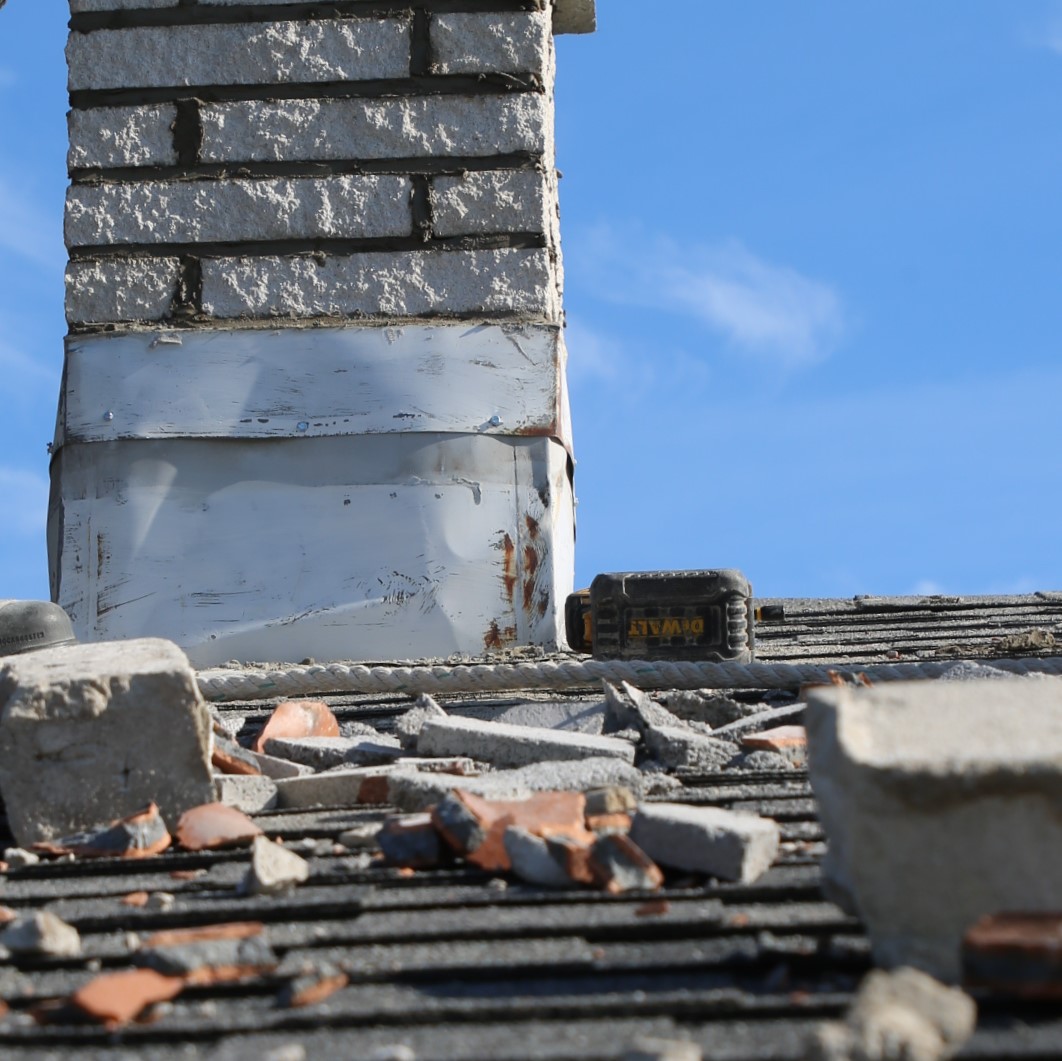 Common weather events that can damage a chimney
Common weather events that can damage a chimney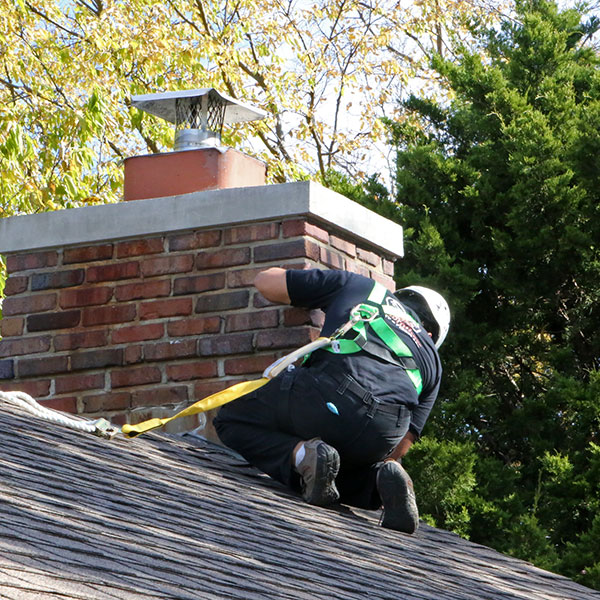
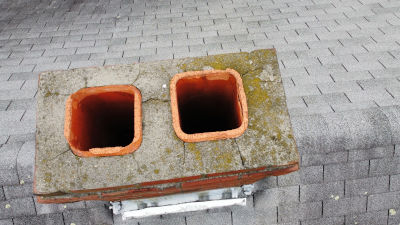 Drone Inspections Tell Us
Drone Inspections Tell Us
 When a new baby arrives, things start to change. New parents begin to experience no sleep, poopy diapers, bottles, formula, along with a new sense of safety concerns. Safety issues come from every corner of the house. Electrical outlets need to be covered, cabinets safety proofed, and sharp objects need to be out of reach. Does anyone think about the fireplace? That thought ordinarily doesn’t come until after the baby becomes mobile. It is possible to have a fireplace, stove, or
When a new baby arrives, things start to change. New parents begin to experience no sleep, poopy diapers, bottles, formula, along with a new sense of safety concerns. Safety issues come from every corner of the house. Electrical outlets need to be covered, cabinets safety proofed, and sharp objects need to be out of reach. Does anyone think about the fireplace? That thought ordinarily doesn’t come until after the baby becomes mobile. It is possible to have a fireplace, stove, or  Fireplace Inspection & Cleaning
Fireplace Inspection & Cleaning
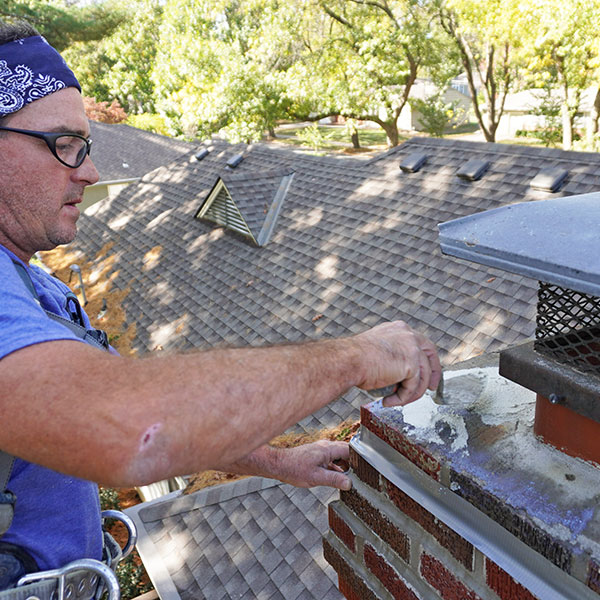 While no action you can take will guarantee there will never be any mold in your chimney, there are several things you can do to reduce the chances of a serious outbreak. The key to mold prevention is keeping water and moisture out of your flue.
While no action you can take will guarantee there will never be any mold in your chimney, there are several things you can do to reduce the chances of a serious outbreak. The key to mold prevention is keeping water and moisture out of your flue.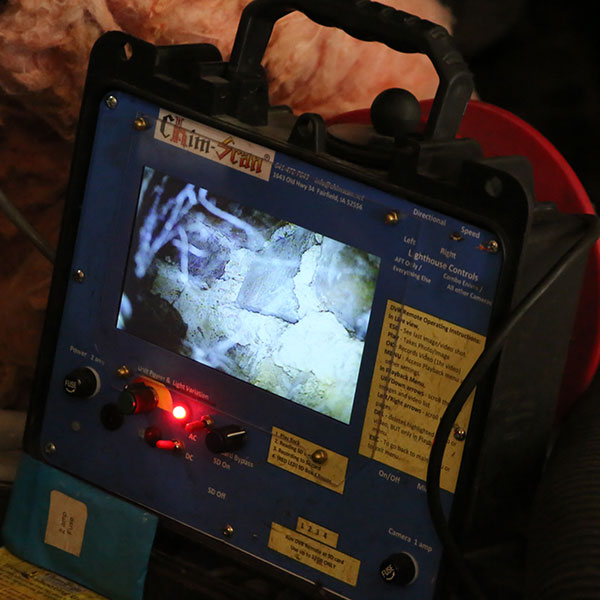 Inspecting a chimney for mold
Inspecting a chimney for mold